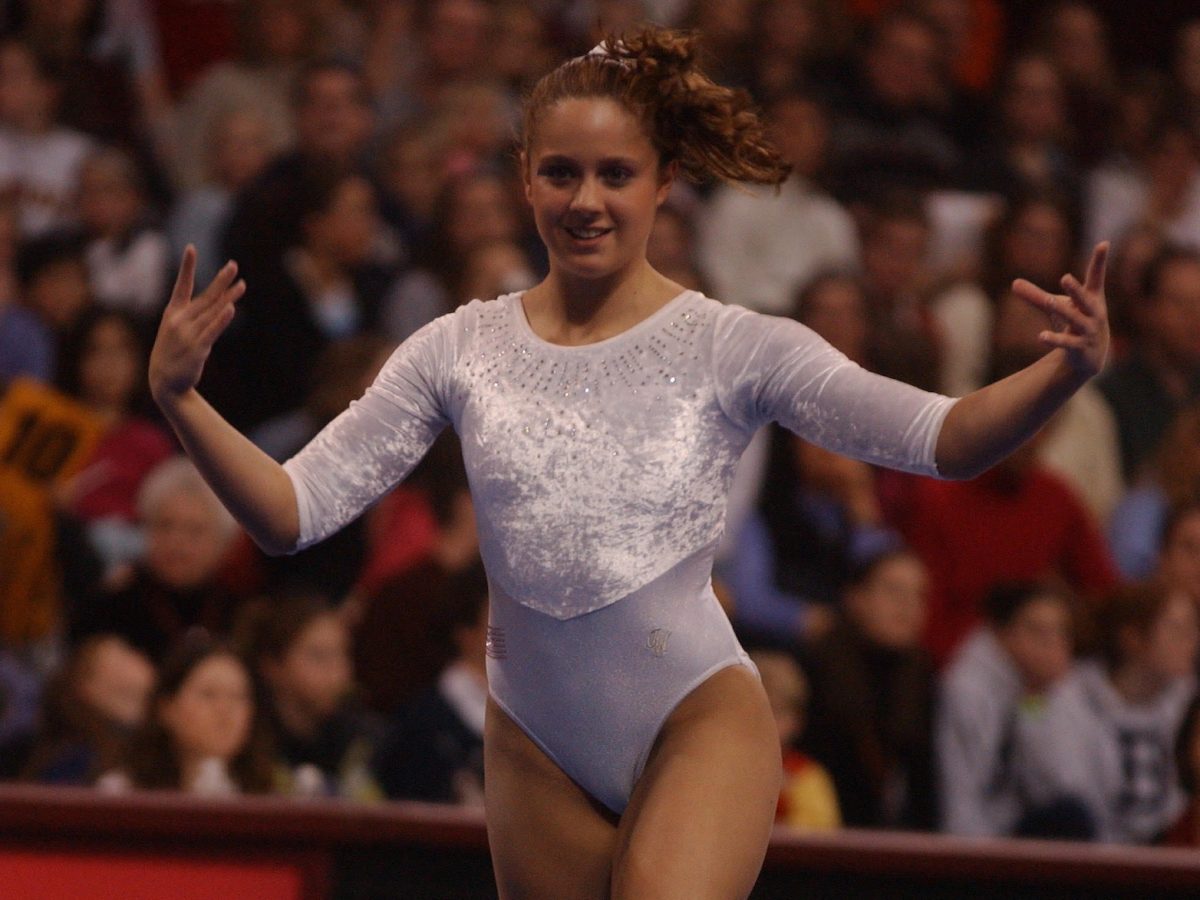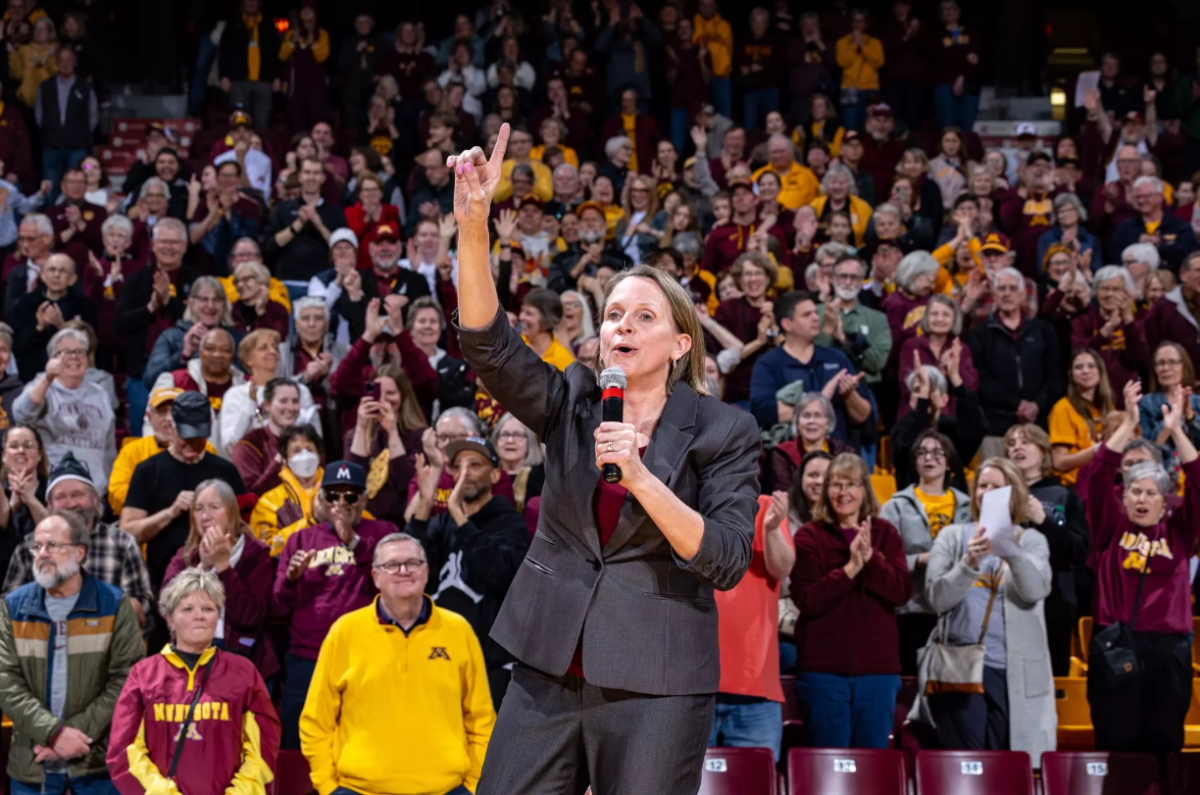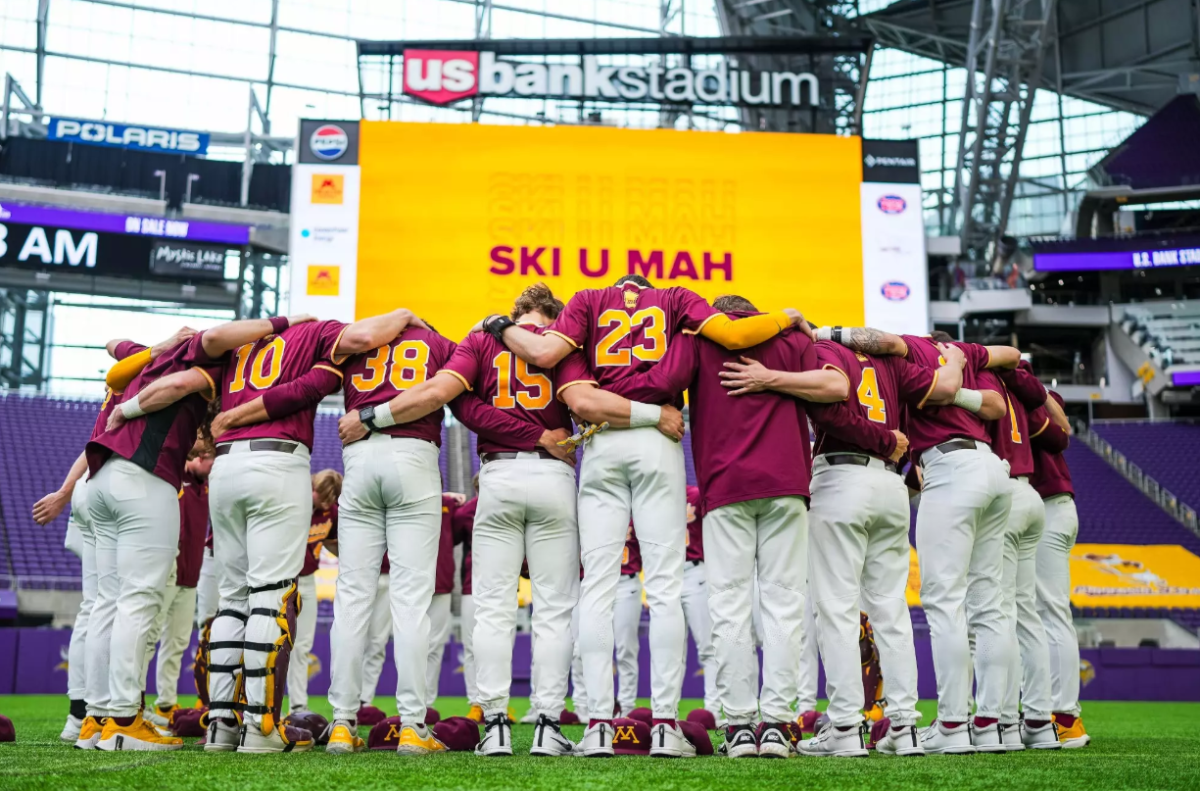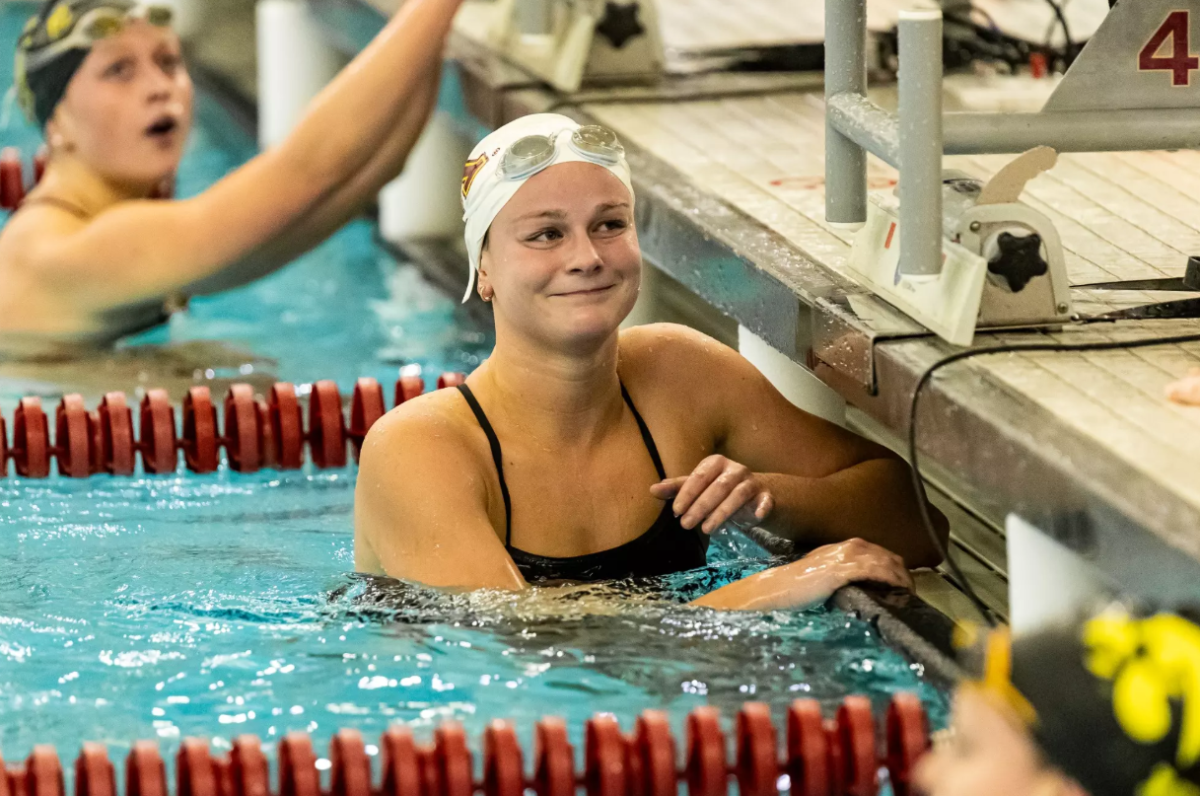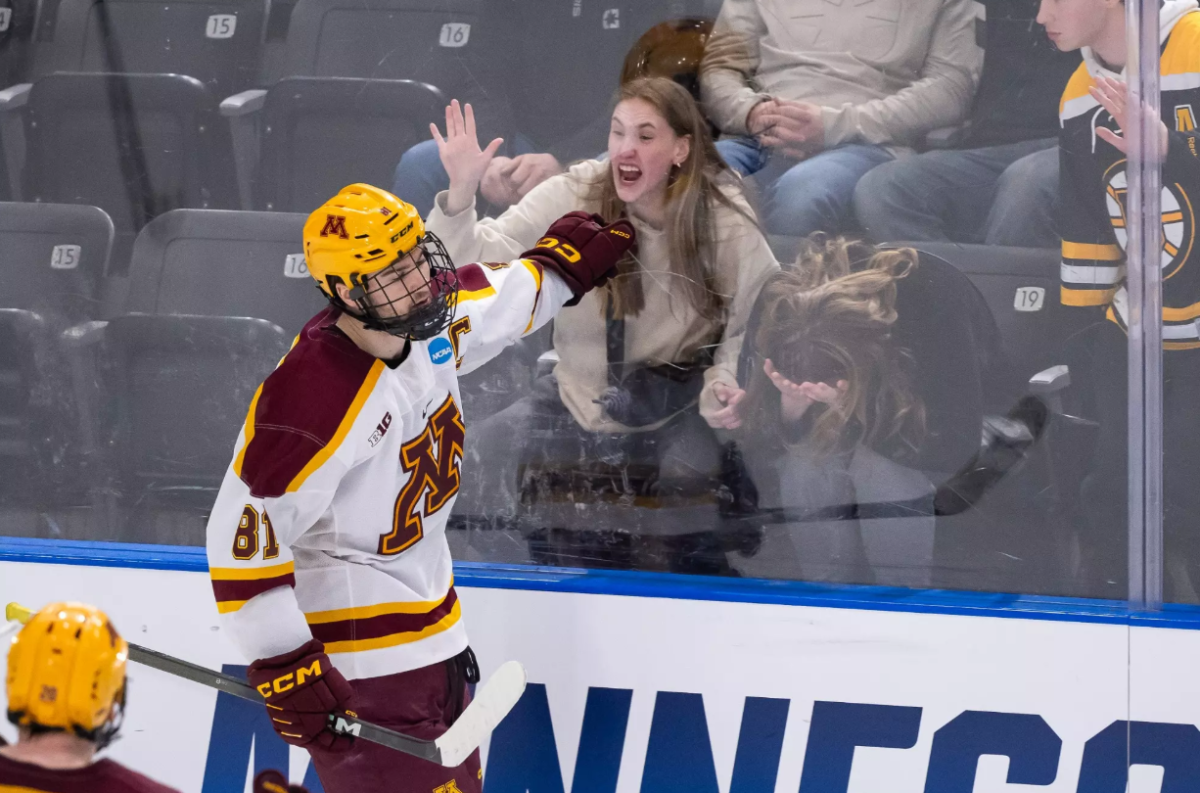A film study of Minnesota’s football team’s 51-17 loss to Michigan State on Saturday won’t unearth any stunning revelations. The Spartans didn’t post a boatload of big plays; nor did they do anything particularly novel on offense.
Rather, the blowout is what it appeared to be all along: a precise, thorough dismantling of a Gophers defense that appears more outmatched every week.
Michigan State ran its spread offense almost to perfection, gashing Minnesota for 324 yards on the ground and 312 passing.
Gophers coach Glen Mason and defensive coordinator Greg Hudson both pointed to missed tackles as the defense’s biggest problem Saturday. And it stands to reason that every offense the Gophers see between now and the end of the season will be taking as many chances as it can to create one-on-one matchups with defenders.
“We didn’t do a great job tackling (Saturday),” Hudson said. “You’ve got to make sure you’re in position to make the tackle.”
Spread kills defense
As expected, Michigan State lined up in numerous four- and five-wide receiver sets Saturday, and the decision paid off almost immediately.
Quarterback Drew Stanton kept Michigan State’s first touchdown drive alive with a 20-yard pass to tight end Jason Randall on third-and-seven – kept alive by missed tackles from linebacker Brandon Owens and defensive back Jonathan Richmond.
Both players were in the game as part of Minnesota’s man nickel package, but Stanton took advantage of the Gophers’ unseasoned defenders all day.
Quentin White, starting in place of safety John Pawielski, made an interception in the second quarter but was burned on several long-pass plays, including a 36-yard touchdown catch by Eric Knott in the second quarter.
The Spartans also ran effectively out of the spread formation, taking advantage of an overpursuing Gophers defense on a first-quarter touchdown run by Jehuu Caulcrick. The running back scored on a counter play, slicing through a wide-open cutback lane after Minnesota’s defensive line flooded the left side.
“They spread you out and pull guys, and then they run the ball,” Hudson said.
Offense can’t answer
For the first time this year, Minnesota was incapable of changing the momentum of the game with its offense. The Gophers ran for a season-low 102 yards and threw 33 times, their most all year.
Perhaps the biggest reason for Minnesota’s struggles in running the ball was its inability to get a decent push on outside runs. The Gophers’ toss plays were repeatedly stuffed at the line of scrimmage by Michigan State’s Tyrell Dortch and David Herron, who posted three of the Spartans’ six tackles for loss.
“They know they’re going to run the ball, and they know everyone knows they’re going to run the ball,” Dortch said. “We did a great job of going over film and practicing hard this week.”
Gophers quarterback Bryan Cupito went 11-of-33 for 211 yards and two touchdowns but was intercepted twice and missed a chance to pull the Gophers within 11 in the second quarter. His fourth-down rollout pass was tipped by Dortch and dropped by tight end Matt Spaeth in the end zone.
Cupito, who began the season with a 10-for-12 peformance in his first game, has hit just 27 of his last 73 passes.
“I just didn’t make any plays,” Cupito said. “It was one of those days where everything went wrong on offense.”
Several players pointed to last year’s 10-3 finish as proof the Gophers can rebound from a two-game losing streak.
But to do so, it’s clear more needs tinkering than just Cupito and the offense.
“I’d like to say it was (a hangover from the Michigan game). That might take me off the hook,” Mason said. “It’s hard to figure out why it happened. We practiced well, but that was atypical of a Gopher football team.”


